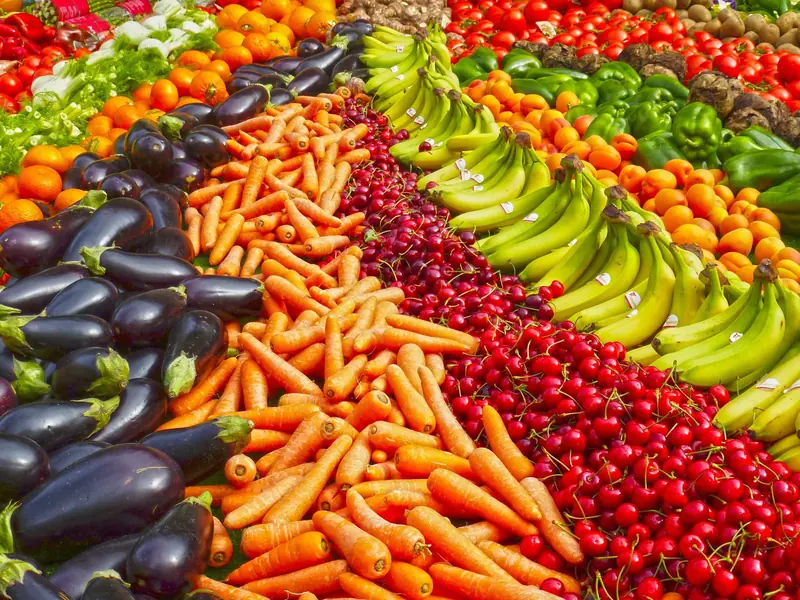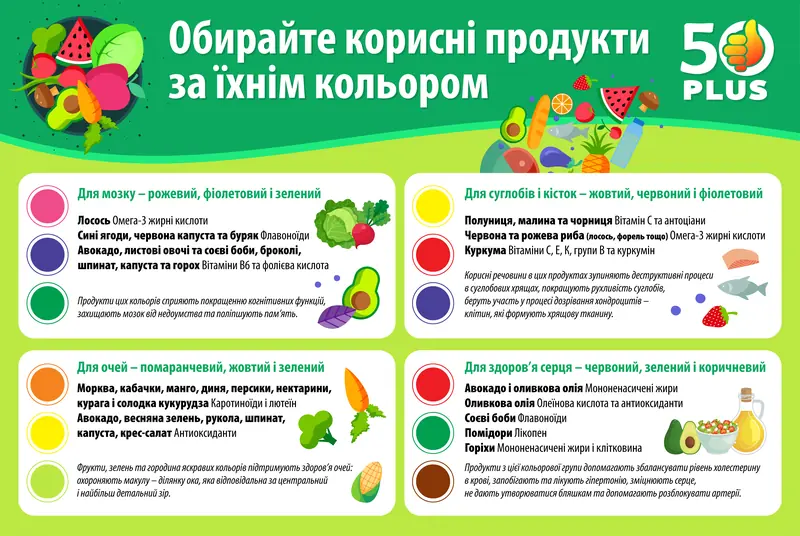
Renowned British nutritionist Rob Hobson has drawn a fascinating connection between the health benefits of food and its color. While some might dismiss his insights as mere coincidence, there’s definitely something to consider here, wouldn’t you agree?
For instance, Hobson suggests swapping out certain white foods for brown alternatives. This includes replacing white bread with whole grain bread, and opting for whole grain crackers and pita. He also recommends switching from white pasta to whole grain varieties, white rice to brown rice, and pale cheese crackers to baked goods made from whole grain flour and rye crisps.
According to Hobson, even such minor adjustments to our diets can significantly reduce the risk of developing various chronic diseases. The issue lies in the fact that white flour products have had all the beneficial fibrous parts of the grain removed, meaning we miss out on the essential fiber our bodies need.
Research has shown that a diet high in fiber is linked to a lower risk of death from various causes. However, most of us fail to meet the recommended daily intake of fiber, which is 30 grams.
Foods rich in soluble fiber include oats, barley, rye, beans, lentils, bananas, pears, apples, carrots, potatoes, and flaxseeds. On the other hand, foods high in insoluble fiber include wheat bran, dried fruits, corn, nuts, seeds, whole grain cereals, and bread.
Hobson explains that fiber is crucial for our digestive system. It promotes healthy bowel function (and thus aids in weight loss), supports cardiovascular health, lowers cholesterol levels, and helps regulate blood sugar levels.
As fiber swells in the intestines, it forms a thick gel that binds to excess cholesterol, preventing its absorption and facilitating its elimination from the body as waste. The nutritionist notes that numerous studies have shown that consuming fiber-rich foods protects against colorectal cancer.

Pink, Purple, and Green – For Brain Health
Our brains begin to age as early as 20 years old. Therefore, it’s essential not to delay incorporating foods that enhance cognitive functions, protect against dementia, and improve memory, as highlighted by the Daily Mail.
Many vital nutrients for brain health can be found in pink, purple, and green foods. Notably, salmon, rich in omega-3 fatty acids, deserves special attention. A study involving over 2,000 participants found that consuming fatty fish twice a week reduces the risk of developing dementia by 41 percent.
Green foods like avocados, leafy greens, and soybeans also contain omega-3s. Additionally, foods rich in flavonoids, such as berries, red cabbage, leafy greens, broccoli, and beets, help improve blood flow to the brain. Vitamins B6 found in soybeans and folic acid (vitamin B9) present in spinach, cabbage, and peas also positively impact brain function.
Orange, Yellow, and Green – For Eye Health
Orange and yellow fruits and vegetables, such as carrots, zucchini, mangoes, melons, peaches, nectarines, apricots, and sweet corn, are rich in carotenoids. These fat-soluble pigments support eye health.
Yellow foods are also a source of the carotenoid lutein, which is particularly beneficial for good vision. Green vegetables, including avocados, spring greens, arugula, spinach, and watercress, also protect our eyes.
Yellow, Red, and Purple – For Joints and Bones
Red and pink fish, such as salmon and trout, are effective in combating joint pain. The secret lies in the aforementioned omega-3 fatty acids.
Red and purple berries—strawberries, raspberries, and blueberries—are high in vitamin C, which is essential for collagen production, a key component of cartilage. They also contain anthocyanins, compounds known for their anti-inflammatory properties.
Consuming dark yellow turmeric suppresses chemicals that trigger arthritis and gout.
Red, Green, and Brown – For Heart Health
Green foods like avocados and olive oil are rich in monounsaturated fats. They possess anti-inflammatory properties and help balance cholesterol levels in the blood.
Olive oil, which contains oleic acid and antioxidants, aids in the prevention and treatment of hypertension.
Soybeans, rich in flavonoids, prevent cholesterol accumulation in the blood and strengthen the heart.
Tomatoes, a source of the antioxidant lycopene, help prevent oxidative damage to cells and reduce the risk of heart disease.
Nuts are also packed with monounsaturated fats and fiber, making their consumption beneficial for lowering blood cholesterol levels, notes the nutritionist. Regular almond intake helps prevent plaque formation and aids in unblocking arteries.
